The PSA Project
2006
Film
Nationalism, War
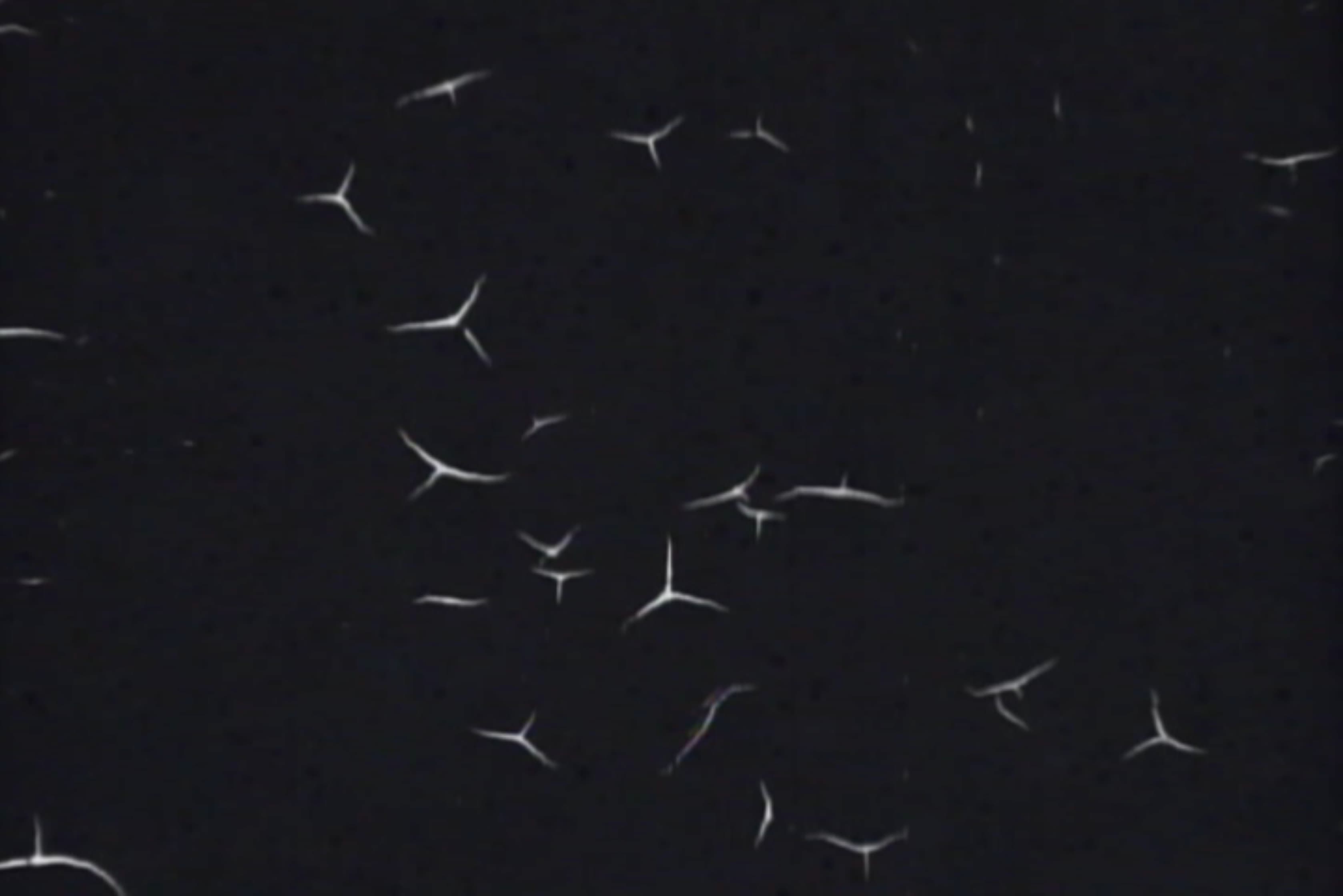
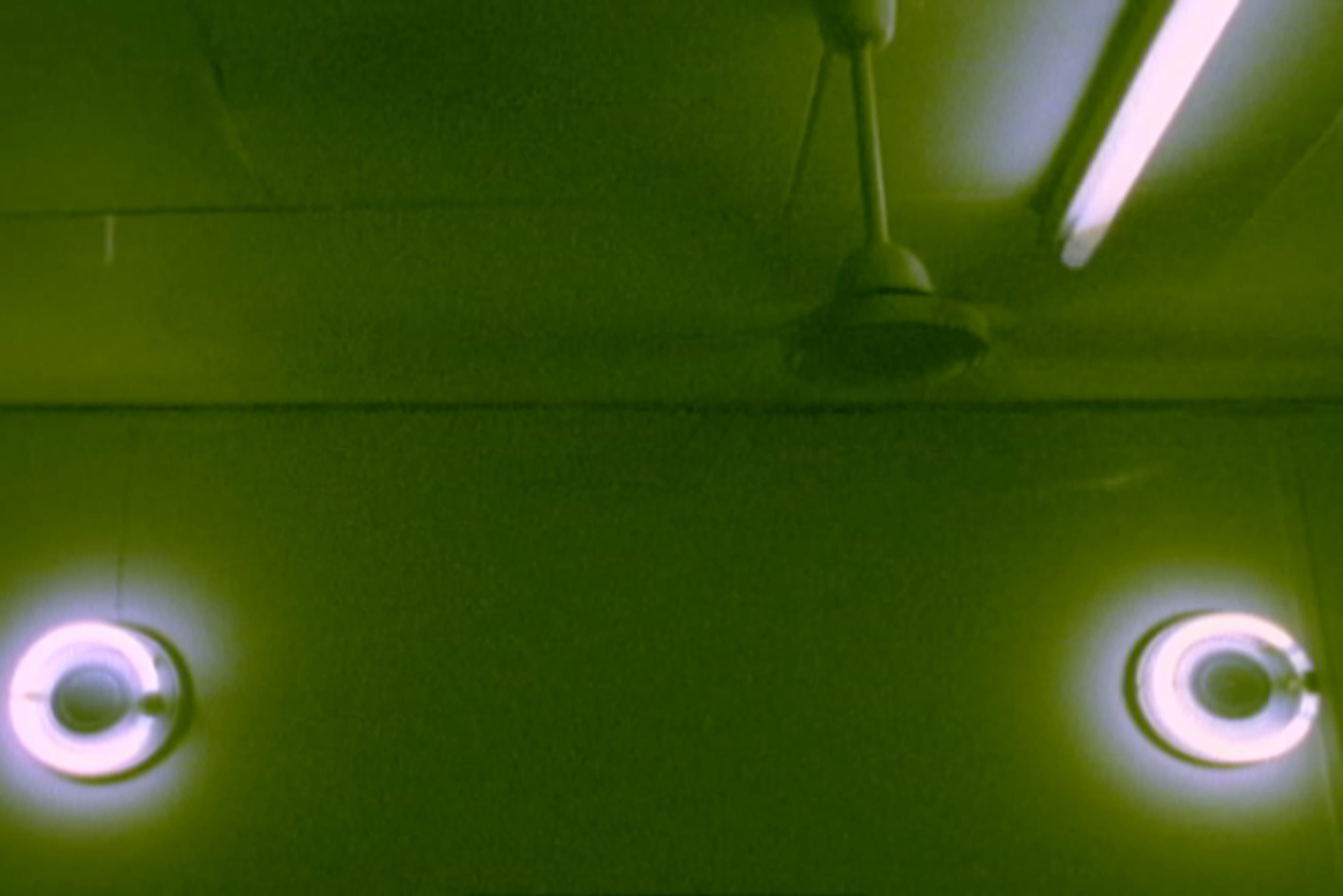
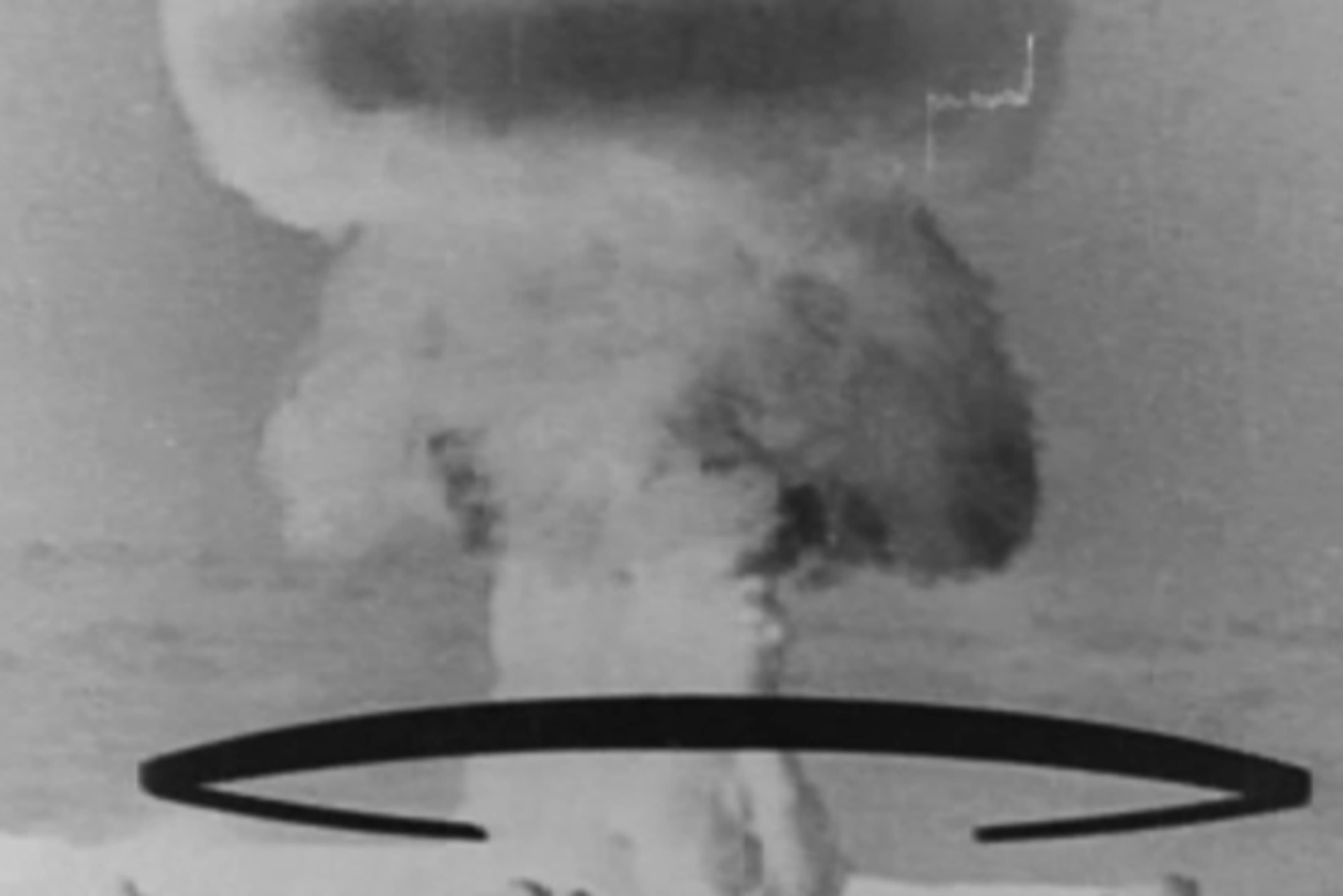
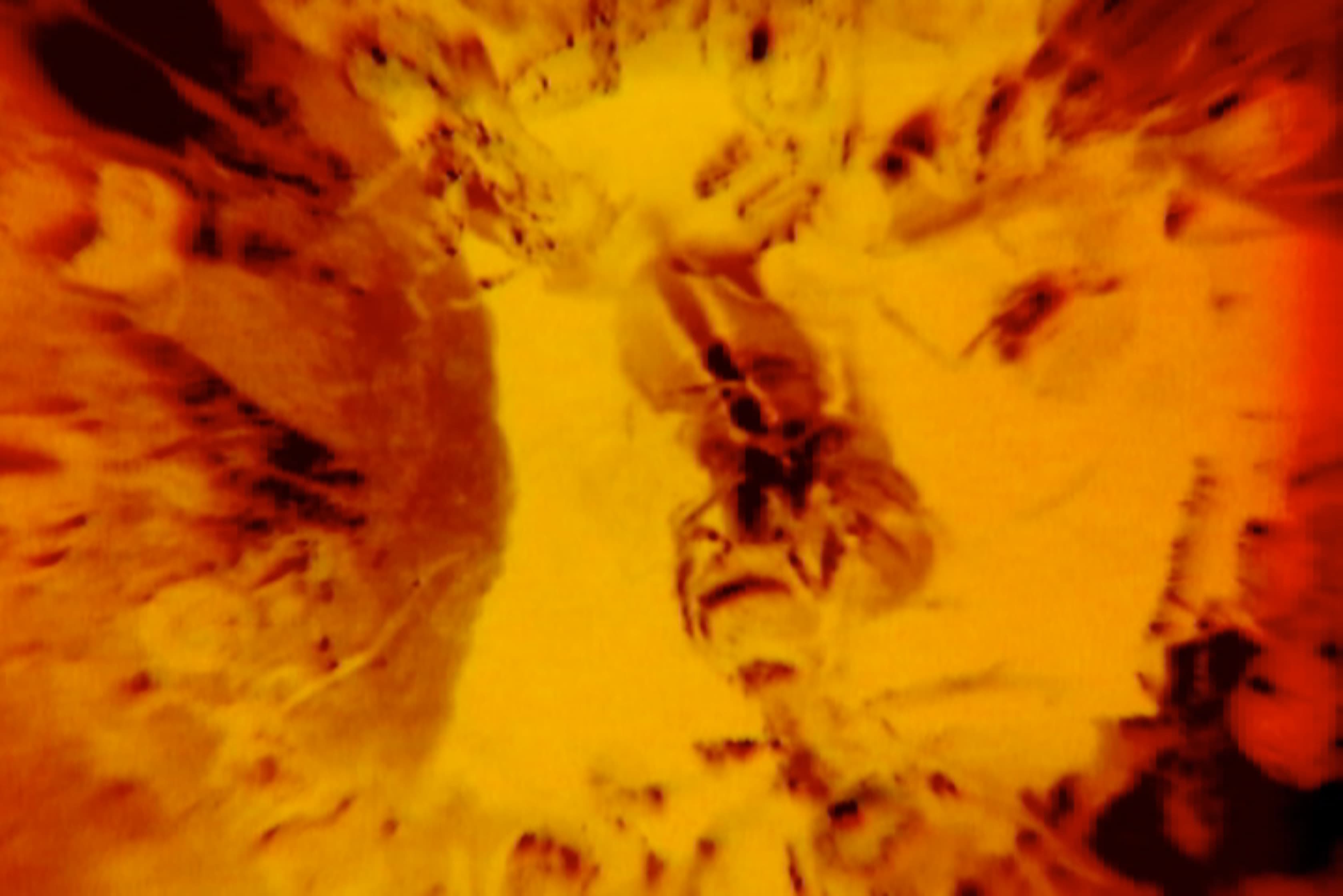

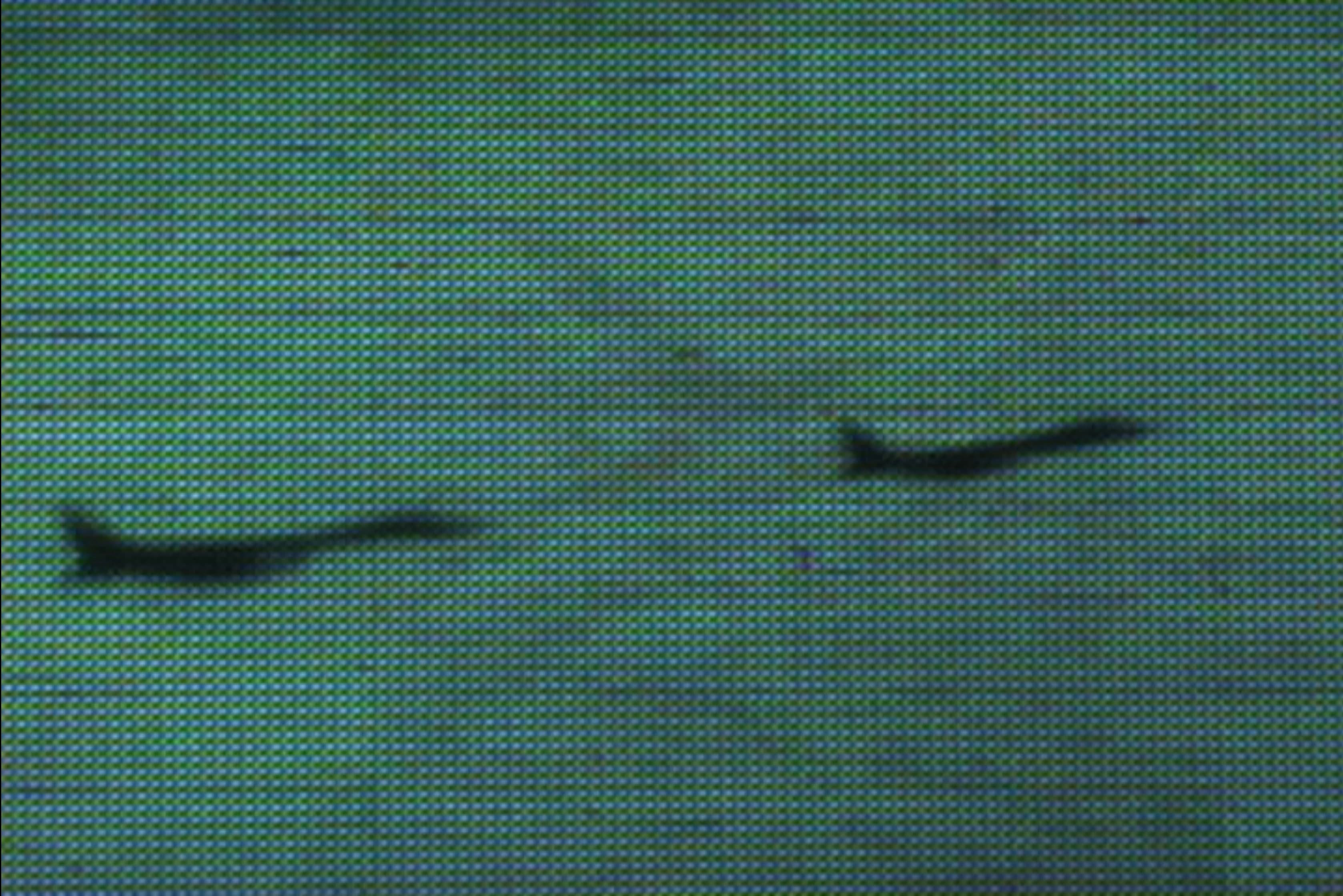






Director: Cynthia Madansky
In collaboration with: Brad Wolfley, Merve Kayan, Marina Zamalin, Tarek Aylouch, Jojo Li
Music: Zeena Parkins
16 mm ◊ 3 to 5 min. each (15 films)
Fast and ferocious, the fifteen chapters that comprise Cynthia Madansky’s PSA Project emerged as a response to the Bush administration’s warmongering and cruelty. Adopting the form of the Public Service Announcement, each entry was limited to three minutes and—as a formal conceit—composed entirely out of material sourced from the artist’s personal archive, the archives of friends, or from the internet. Produced once a month throughout 2005 and 2006, disseminated as individual works or as a complete series on the Sundance Channel, the individual chapters are dense, jagged bursts of agitprop.
The occupation of Iraq and the War on Terror are obvious targets, but the entire Military Industrial Complex—as with its adjacent ideological implications both domestically and internationally—is the greater threat that needs to be seen, named, and rejected.
Even if each contribution may be miniature in scale they are considered, nuanced, and wide-ranging in their consideration. Connection are drawn to the cruelty of previous administration (8. Silence, with its references to the AIDS crisis), to the radical teachings of the 70s (13. Teach-In), to the violence embedded within the extraction and trade of oil (5. Crude), to the visual and sonic codes of empire (7. Anthem), and more.
The genesis of certain works is easily identifiable—as with repurposed images of torture from Abu Ghraib prison seen in 3. Glory—while others are intentionally opaque and open to interpretation. The images we see in 10. Occupation are assumed to come from Iraq, but could be taken from Palestine or elsewhere. Such is the case with images of warplanes and soldiers that recur throughout—that these could be sourced from any of several Western-led incursions undertaken for the mendacious claims of freedom and liberty simply emphasizes their relentless nature.
Each piece ends with a guiding citation—part truism, part call to action—but are otherwise almost purely visual and sonic exercises. Throughout, the use of sourced material permits a more radical act of manipulation than the filmmaker typically employs, and The PSA Project is among her most radical experiments with form. Several of the pieces are the closest Madansky has come to the American avant-garde, particularly the rapid-fire audiovisual assault of a figure like Paul Sharits. Ranging from digital animation and rephotographed screens with low-resolution pixelation to analogue solarization and superimpositions pushed to the point of abstraction, the PSAs are not only driven by content and a message but by desire to discomfit on an emotional and sensorial level, to not only raise awareness but disrupt both complacency and comfort.
-
Color Theory
Red is not terror. White is not security. Blue is not a homeland. -
Euphemism
Collateral damage means people die. -
Glory
There is no glory in war. -
Homeland
Homeland is not security. -
Crude
Killing is crude. -
Simulation
War is not a game. -
Anthem
Oh say can you see. -
Silence
Silence equals death. -
Body Count
Nameless. Countless. Dead. -
Occupation
Occupation is devastation. -
Fallout
Warning: Global Fallout. -
Procession
End the death march. -
Teach-In
Teach peace. -
Target
Stop the killing. -
Protest
Protest the war. Teach peace.